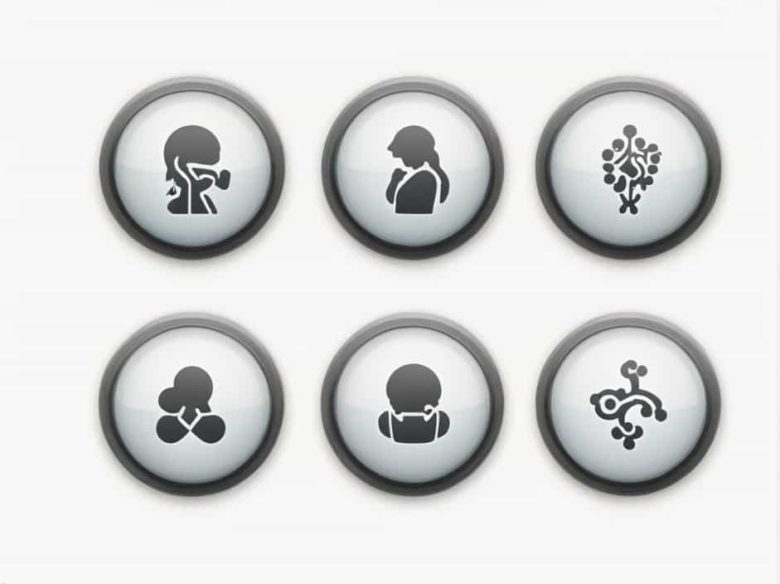RNA (ribonucleic acid) is a crucial molecule in genetics and cellular function. It plays a key role in processes such as protein synthesis and gene expression. One of the fundamental aspects of RNA structure is its base pairing system which ensures the accurate transmission of genetic information.
A common question in molecular biology is: Which RNA base bonds with cytosine? The answer lies in the complementary base pairing rules that govern nucleic acids. This topic explores RNA base pairing the specific bond between cytosine and its complementary base and its significance in biological processes.
1. Understanding RNA and Its Structure
RNA is a single-stranded nucleic acid composed of four nitrogenous bases:
- Adenine (A)
- Cytosine (C)
- Guanine (G)
- Uracil (U)
Unlike DNA which contains thymine (T) RNA replaces thymine with uracil. These bases play a vital role in forming complementary base pairs which help maintain RNA’s structure and function.
Key Components of RNA
- Ribose Sugar: Unlike DNA which has deoxyribose RNA contains ribose making it more chemically reactive.
- Phosphate Backbone: This provides structural stability.
- Nitrogenous Bases: These bases determine RNA’s coding properties.
2. Cytosine and Its Complementary Base in RNA
Cytosine (C) is one of the four nitrogenous bases in RNA. It belongs to the pyrimidine group which also includes uracil. In RNA cytosine always bonds with guanine (G) through a process called complementary base pairing.
Base Pairing Rules in RNA
- Adenine (A) bonds with Uracil (U)
- Cytosine (C) bonds with Guanine (G)
The cytosine-guanine pair is held together by three hydrogen bonds making it stronger than the adenine-uracil pair which has only two hydrogen bonds. This stability is essential for the proper function of RNA molecules.
3. The Importance of Cytosine-Guanine Pairing
The bonding between cytosine and guanine in RNA plays a crucial role in several biological processes including:
a) RNA Transcription
During transcription RNA polymerase reads the DNA template and synthesizes a complementary RNA strand. When RNA is formed cytosine (C) in the DNA strand pairs with guanine (G) in the RNA strand following the base pairing rules.
b) RNA Folding and Stability
Some types of RNA such as transfer RNA (tRNA) and ribosomal RNA (rRNA) require specific folding to function properly. Cytosine-guanine bonds contribute to RNA’s secondary and tertiary structure enhancing its stability and biological activity.
c) Protein Synthesis
Messenger RNA (mRNA) carries genetic instructions from DNA to ribosomes where proteins are synthesized. The correct pairing of cytosine with guanine ensures the accuracy of genetic information transfer.
4. Differences Between RNA and DNA Base Pairing
While RNA and DNA share similar base pairing rules there are key differences:
| Feature | DNA | RNA |
|---|---|---|
| Sugar | Deoxyribose | Ribose |
| Strands | Double-stranded | Single-stranded |
| Complementary Base for Adenine | Thymine (T) | Uracil (U) |
| Complementary Base for Cytosine | Guanine (G) | Guanine (G) |
The replacement of thymine with uracil in RNA is a defining characteristic that differentiates it from DNA. However the cytosine-guanine pairing remains consistent in both nucleic acids.
5. The Role of Cytosine in RNA Mutations
Although cytosine normally pairs with guanine mutations can sometimes alter this pairing leading to errors in RNA function. Common mutations include:
a) Cytosine Deamination
- Cytosine can spontaneously convert into uracil through a process called deamination.
- This can cause errors during transcription potentially leading to genetic diseases.
b) Mispairing Mutations
- Mutations can cause cytosine to pair incorrectly with adenine instead of guanine.
- Such errors can affect protein synthesis and lead to defective proteins.
c) RNA Editing
- Some organisms have mechanisms to chemically modify cytosine bases in RNA to regulate gene expression.
- This process is crucial for adaptive responses in cells.
6. Applications of Cytosine-Guanine Pairing in Biotechnology
The cytosine-guanine pairing rule is widely used in genetic research and biotechnology including:
a) RNA-Based Therapies
- Scientists use cytosine-guanine pairing principles to design RNA-based drugs.
- Examples include mRNA vaccines which rely on stable base pair interactions.
b) CRISPR-Cas9 Gene Editing
- The CRISPR system which uses RNA molecules depends on correct cytosine-guanine base pairing to target and modify specific genes.
c) RNA Sequencing
- Advanced sequencing technologies analyze cytosine-guanine bonds to study genetic diseases and develop personalized medicine.
7. How to Protect RNA from Cytosine-Related Damage
To maintain RNA integrity researchers and biologists take several precautions:
- Avoid exposing RNA to high temperatures as this can disrupt cytosine-guanine bonding.
- Store RNA in RNAse-free environments to prevent degradation.
- Use chemical stabilizers to protect RNA samples in laboratory settings.
In RNA cytosine (C) bonds exclusively with guanine (G) following the rules of complementary base pairing. This interaction plays a vital role in RNA transcription stability and protein synthesis.
Understanding cytosine-guanine bonding is essential for advancements in molecular biology medicine and biotechnology. By studying RNA structure and function scientists continue to develop innovative therapies and technologies that improve human health.



